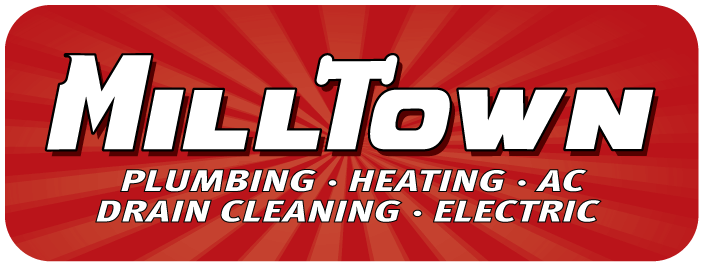A Tewksbury Homeowner’s Guide to Furnace Maintenance
- Furnaces
- Heating

Let’s face it: Nobody likes being without heat during the winter. A cold home is profoundly uncomfortable and when the weather turns frigidly cold, it can even be dangerous. Not to mention that without heating, you could get frozen pipes, which could cause a whole host of problems. As a homeowner, therefore, it’s important to have a basic understanding of furnace maintenance so you can keep your Tewksbury home’s heating system in good working order throughout the year.
How a Furnace Works
In order to properly maintain your furnace, you need to understand how a furnace works. Air is mixed with either gas, propane or oil and ignited in a specially-designed combustion chamber. Filtered air is blown across the heated chamber to heat. The heated air is then led into the air ducts, from where it’s distributed throughout the home.
Step-by-Step Furnace Maintenance
To keep your furnace in good working order, follow these steps:
- Check the pilot light. Regardless of the type of fuel your furnace uses, the pilot light should be blue. If it’s yellow of some other color, it indicates that too much carbon monoxide is being produced, and you need to call a technician right away.
- Listen for strange sounds. If you hear clunks, squeaks, or any other unusual sounds, it’s a sign that something could be amiss, so call a technician before trying to do any maintenance.
If the pilot light is blue and there are no strange noises coming from the furnace, you can proceed with the actual maintenance
- Switch off the power and shut off the fuel supply. This is imperative to your safety, so never forget this all-important step! Usually, the power shut off is located close to the furnace and the fuel shutoff valve will be on the gas pipe or oil tank.
- Clean the combustion chamber. The combustion chamber quickly gets covered in soot, which can corrode its sides over time. To remove the soot, scrape it out gently with a wire brush and vacuum up any dust.
- If you have an oil furnace, change the filter. The oil valve needs to be closed so you can remove the old filter and replace it with a new one.
- Clean or change the air filter. Check whether the system uses reusable or disposable air filters. If the filter is reusable, follow the instructions in the manufacturer’s manual to clean it. If it’s a disposable filter, remove the old one and replace it.
- Inspect the flue pipe for damage. Any corrosion or holes in the flue pipe could potentially be hazardous, as they can leak carbon monoxide. Visually inspect the flue pipe for damage. You can cover small holes with foil tape, but if you see corrosion or larger holes, you’ll need to replace the pipe.
It’s important to keep your furnace well-maintained, as it will keep your heating costs low and ensure your furnace lasts a long time. That’s why, in addition to performing regular maintenance yourself, you should schedule professional cleaning and maintenance at least once a year. Before hiring a technician, make sure that he or she is specialized in the type of furnace you have and has good reviews on Angie’s List, Yelp, Google+, and the Yellow Pages
Call MillTown today and schedule your checkup to see if you need furnace maintenance in your Tewksbury home!
Read What Our Happy Customers Had To Say!













